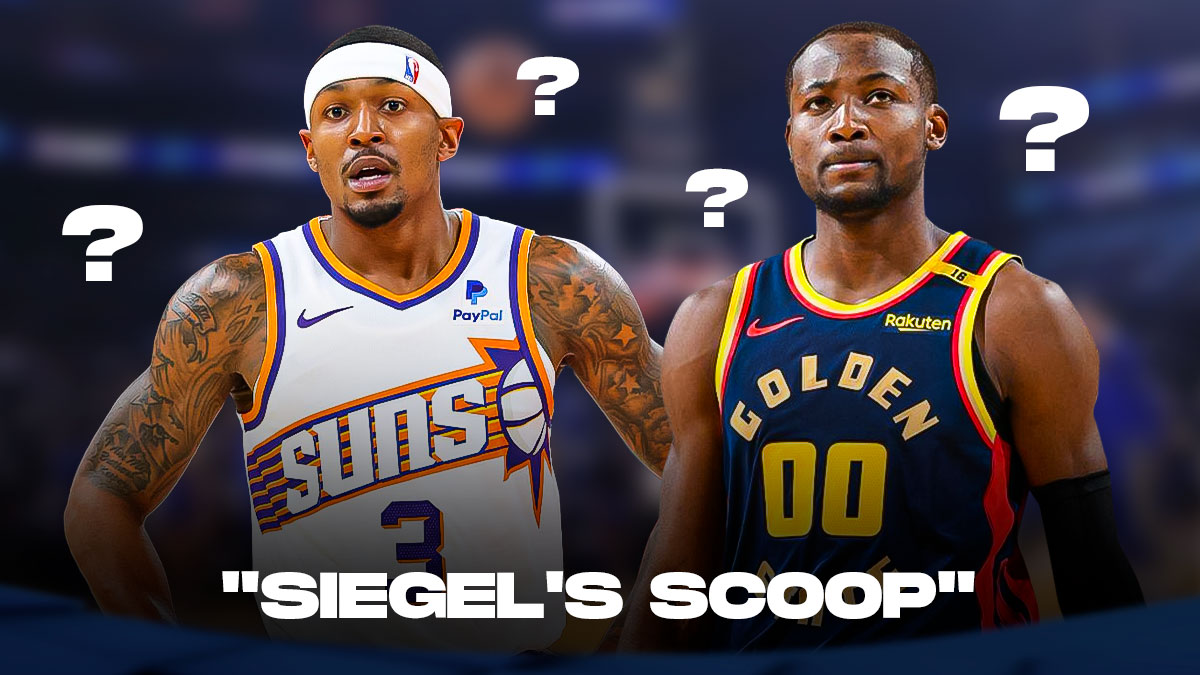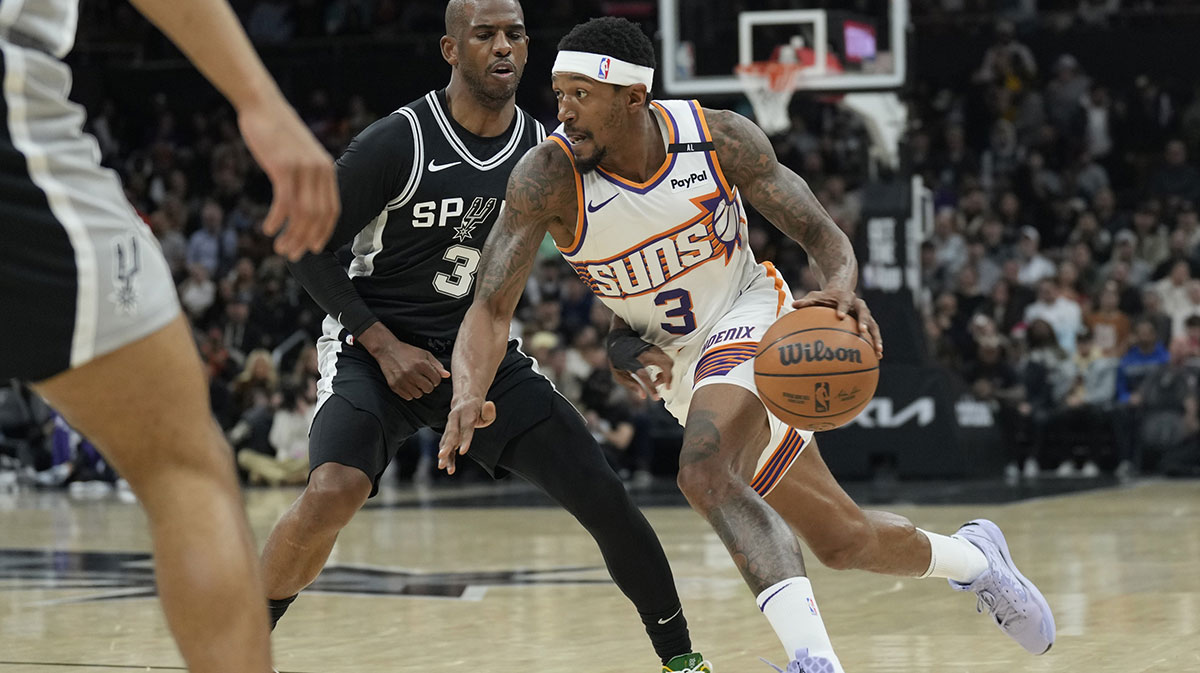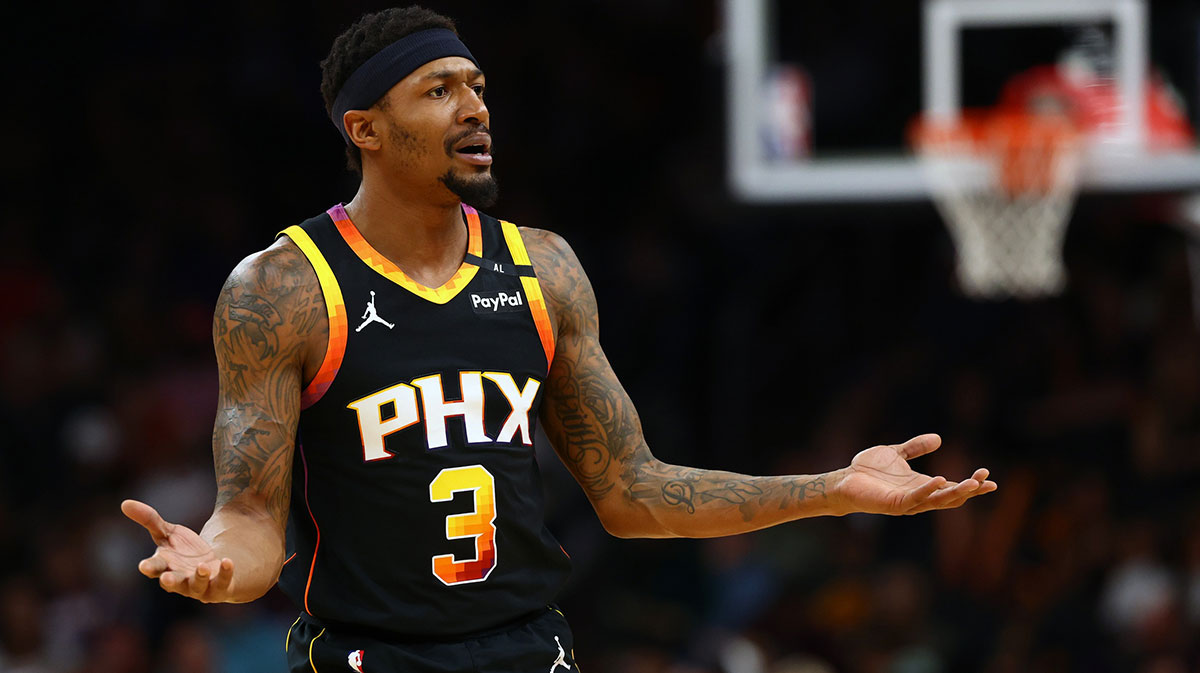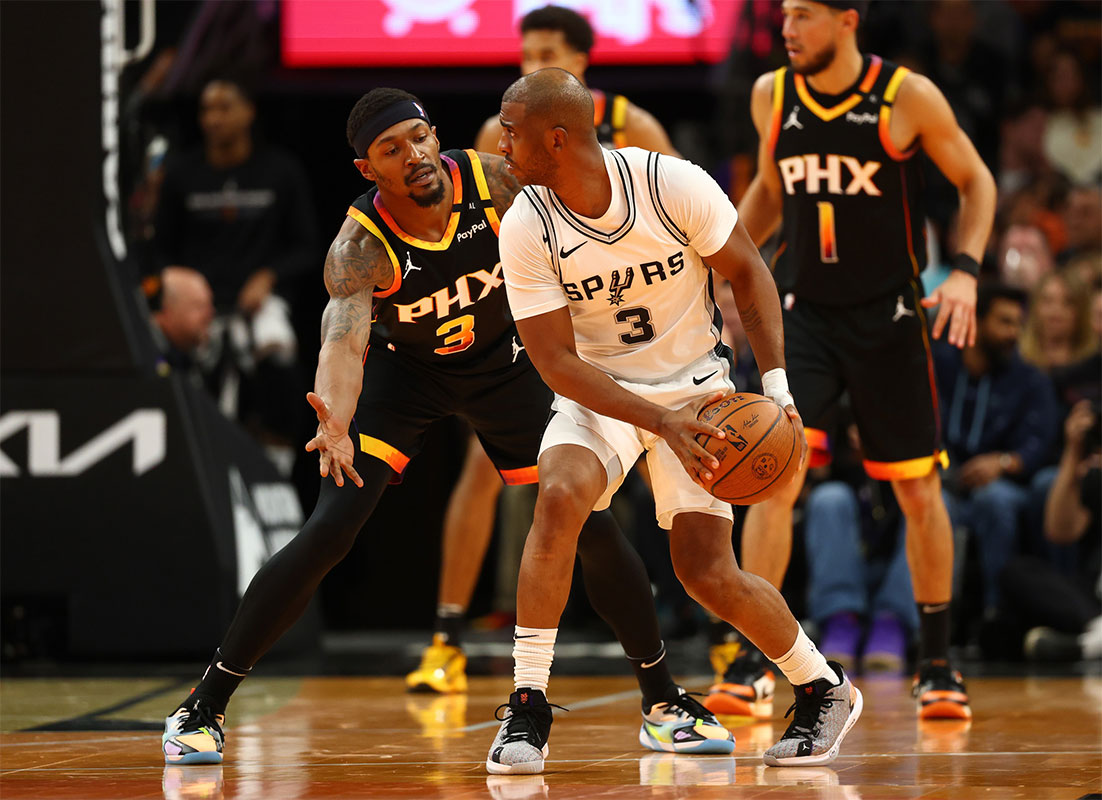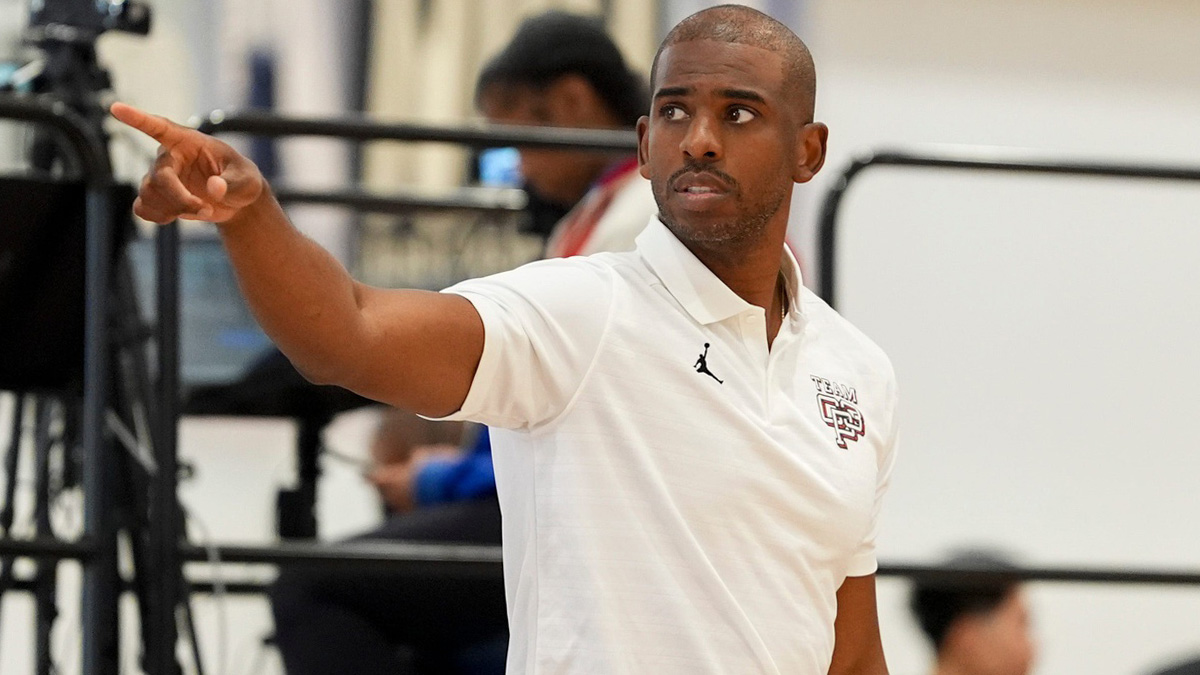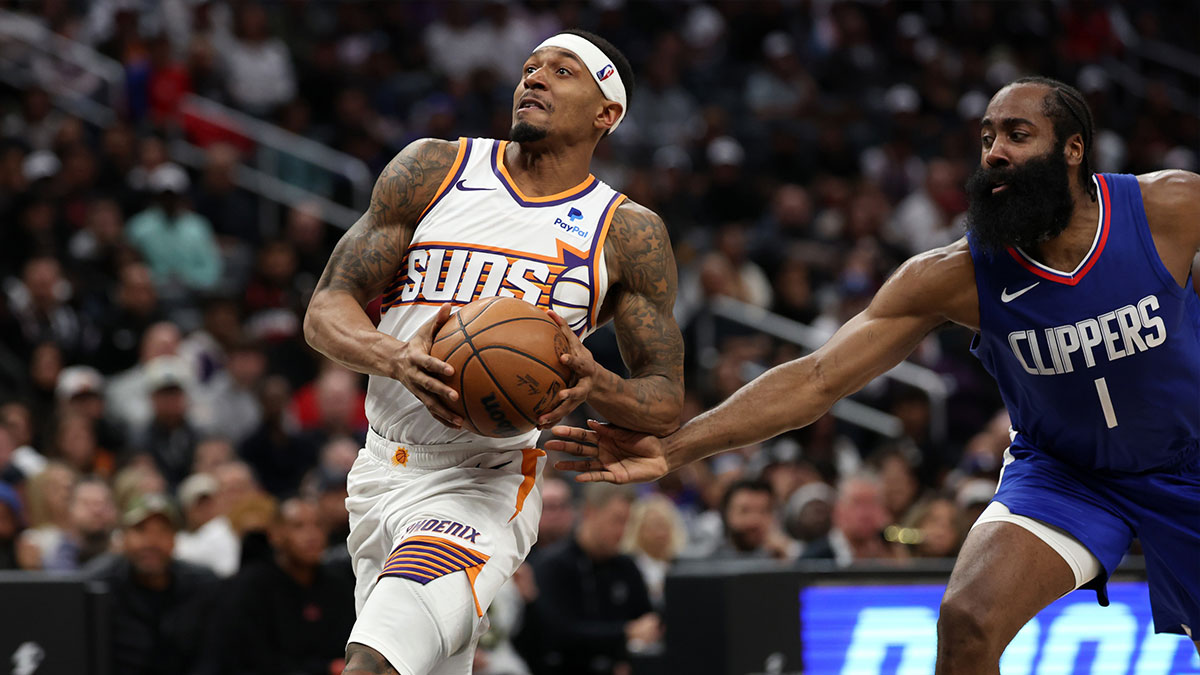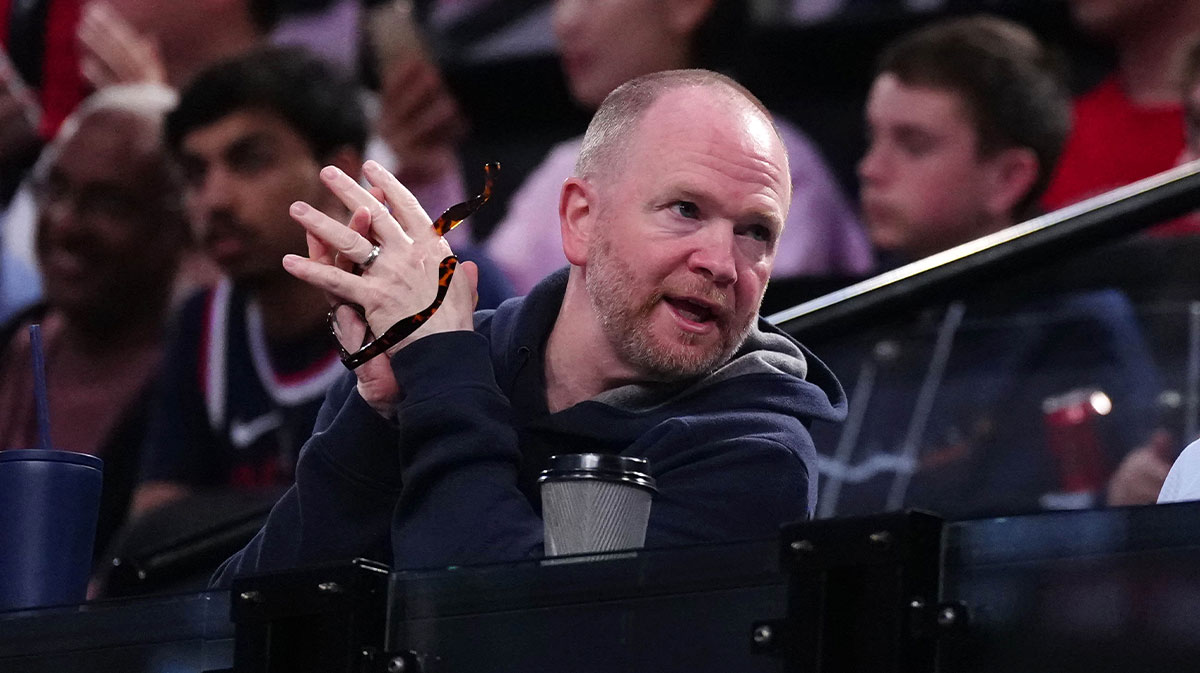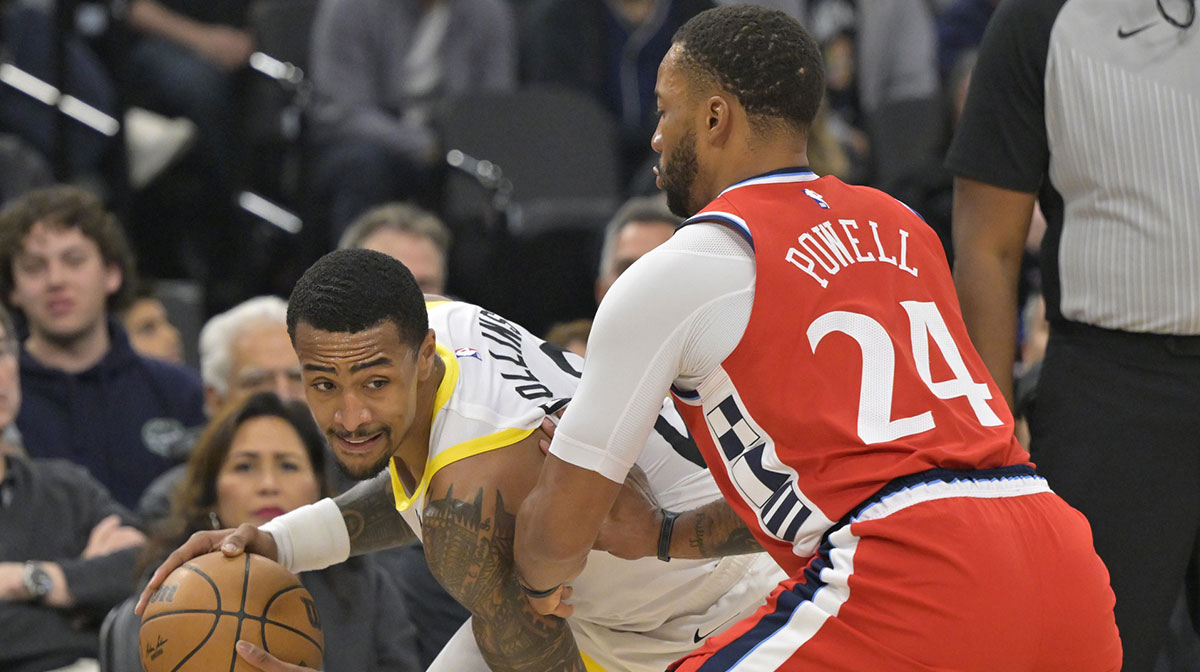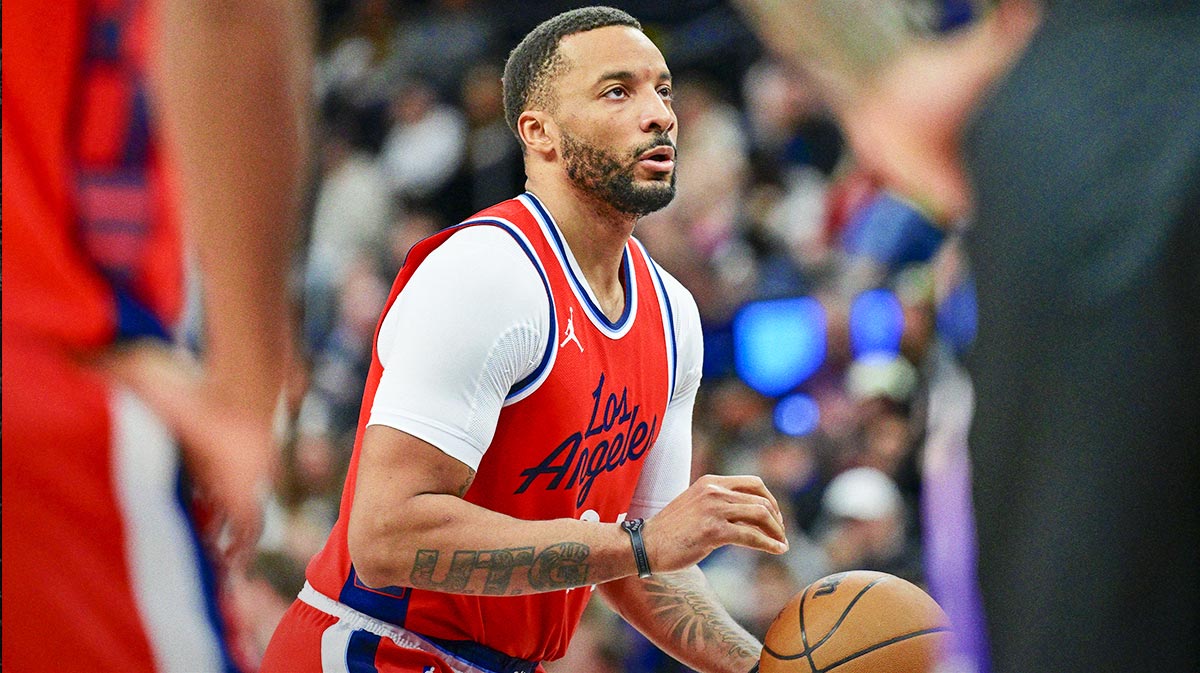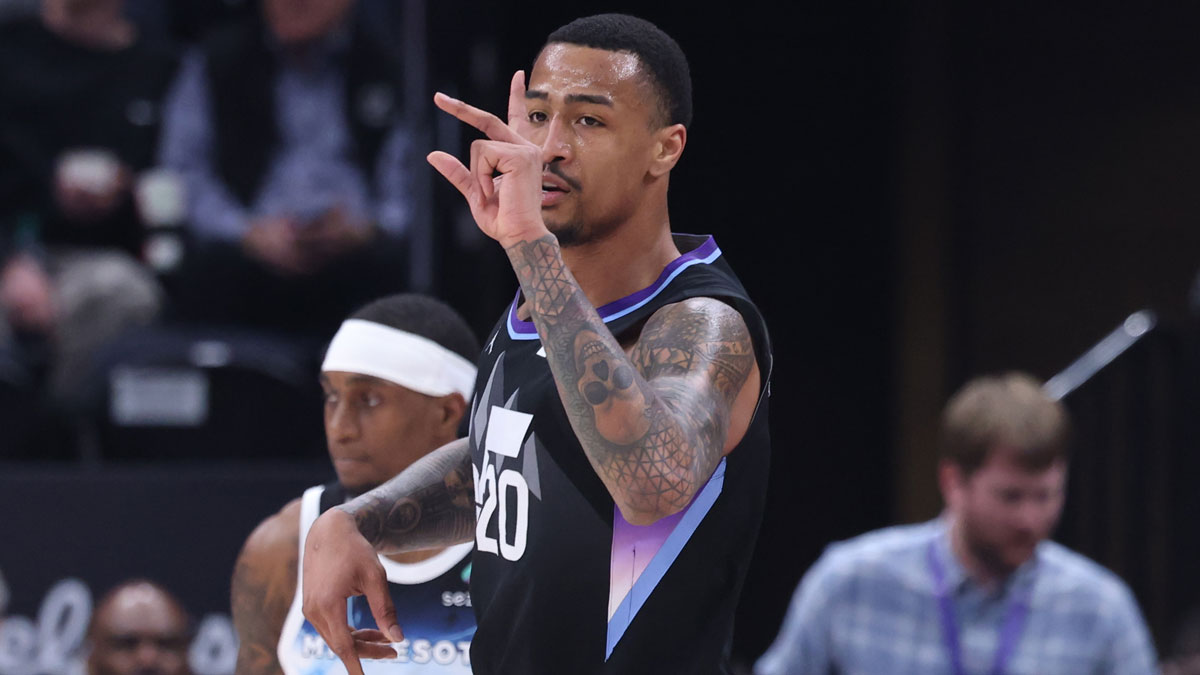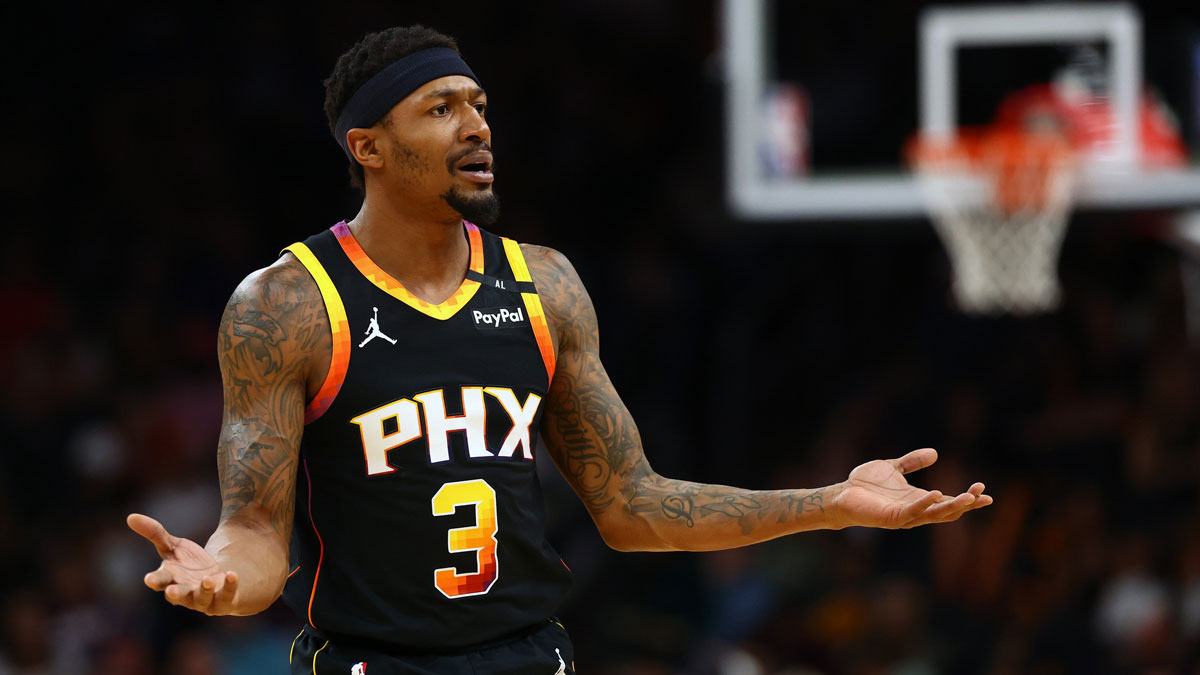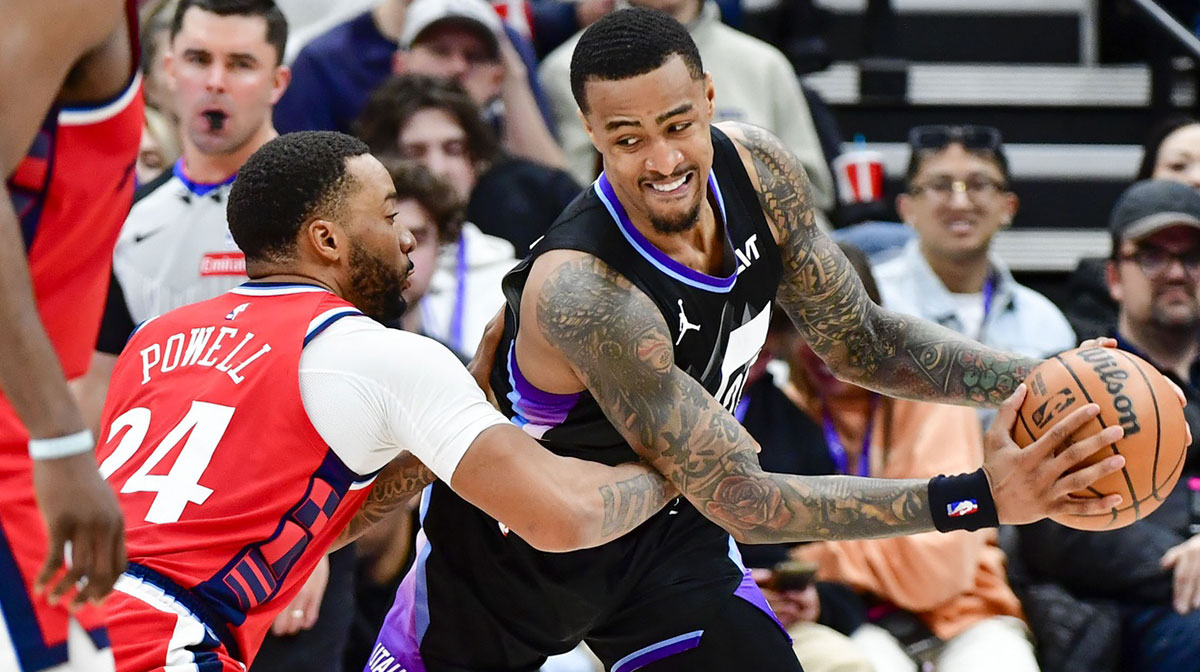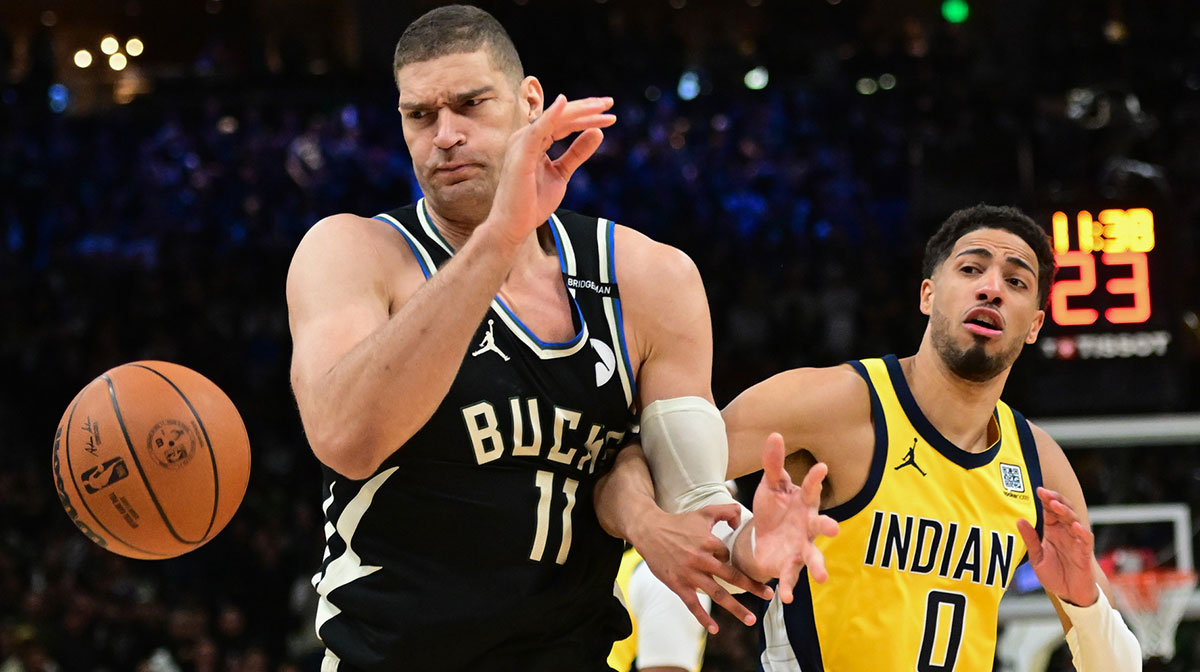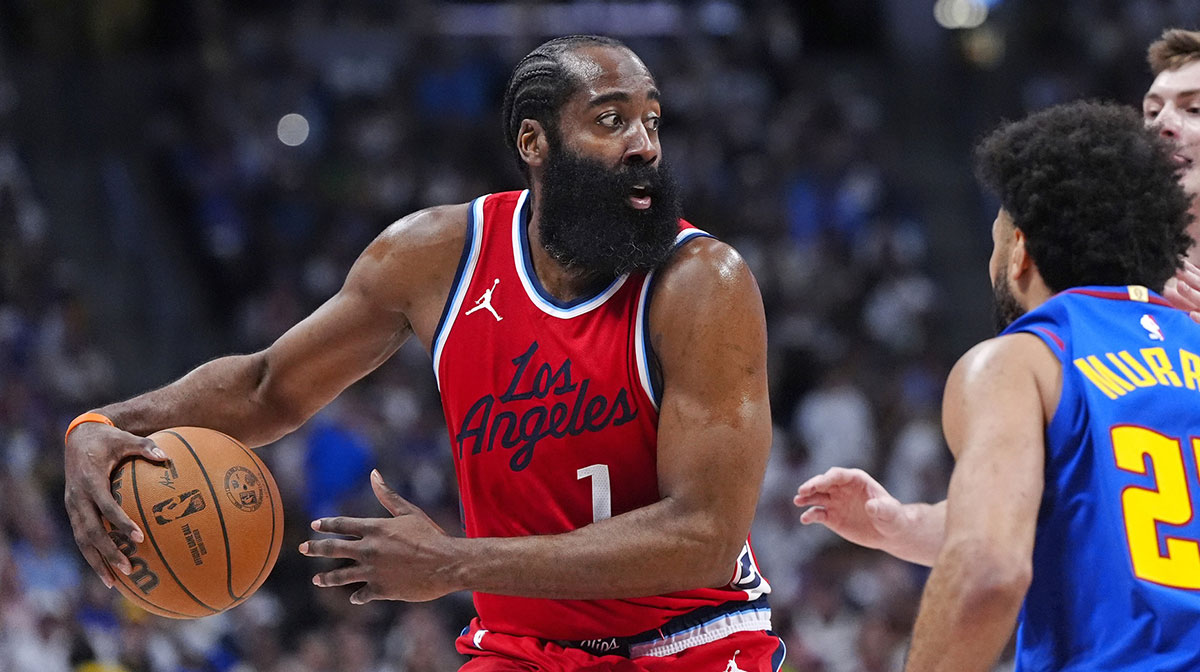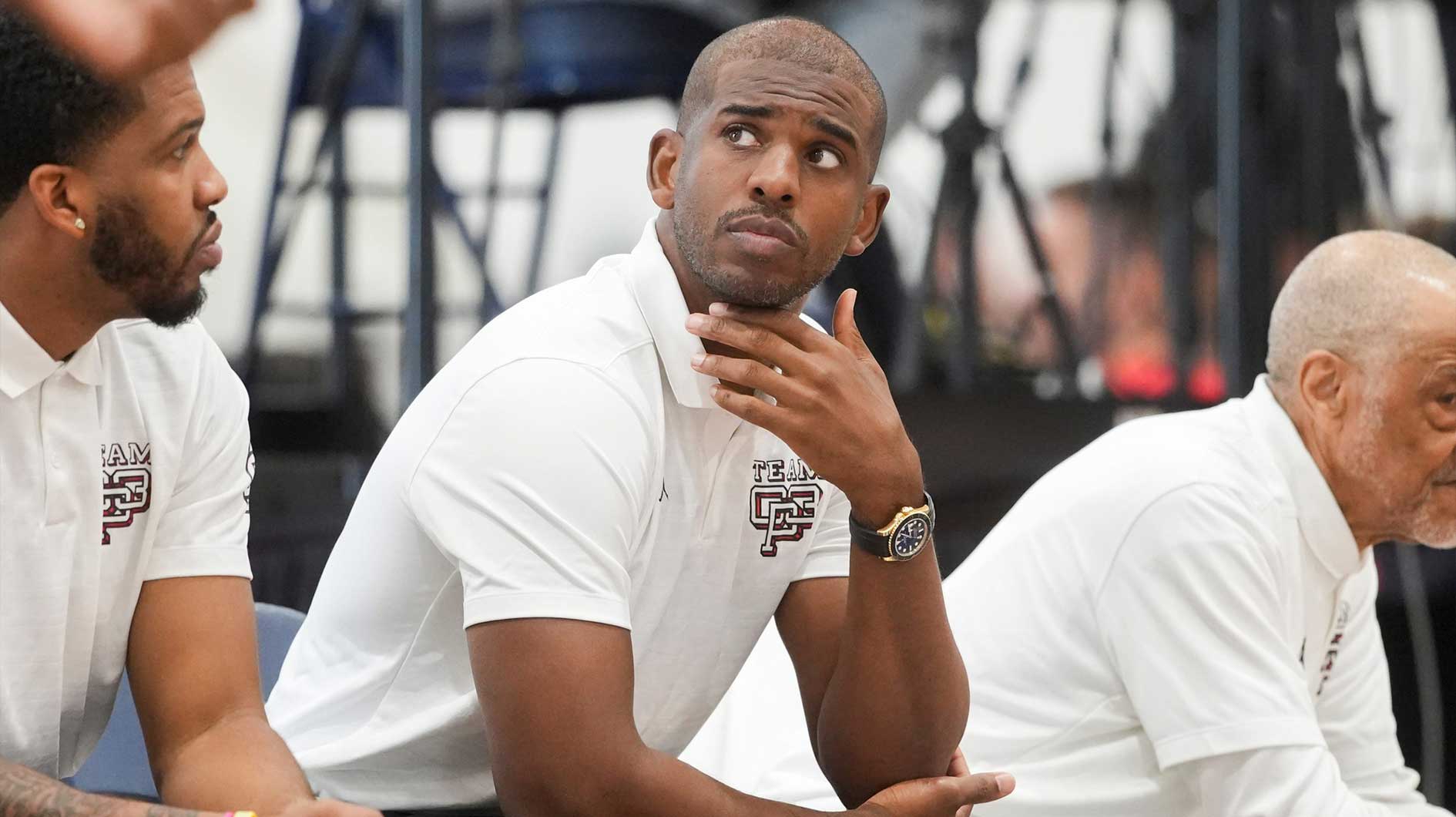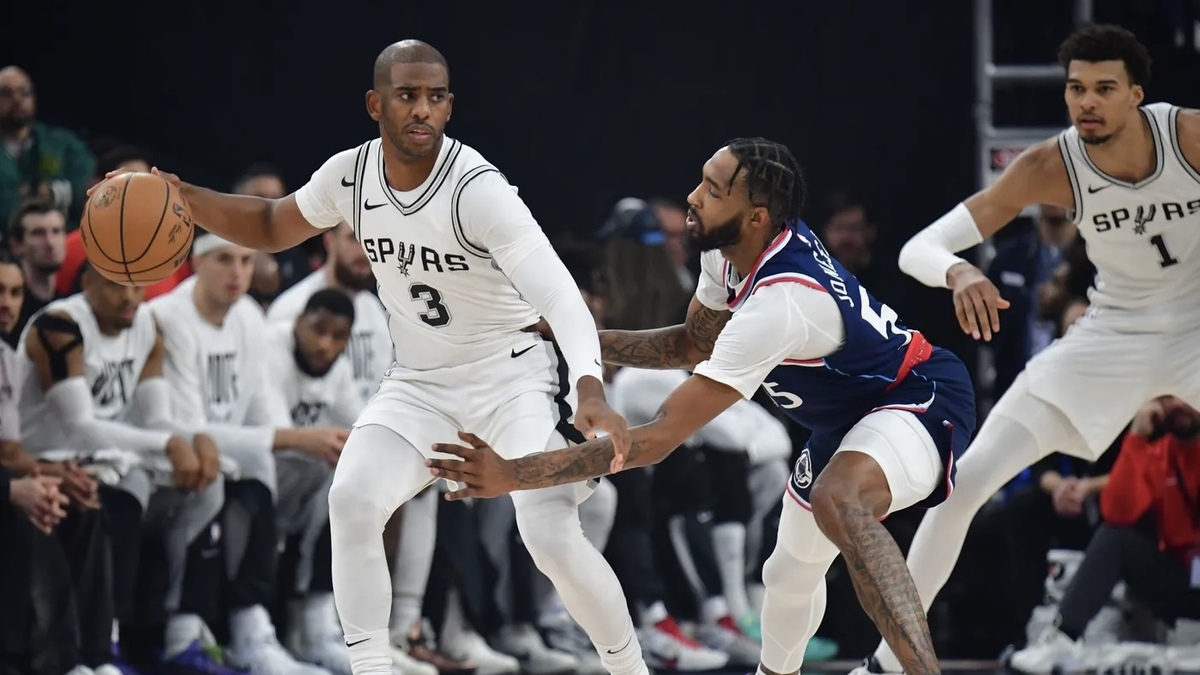How did the Los Angeles Clippers go from one of the worst organizations to the home of Kawhi Leonard, Paul George and a title contender before the suspension of the 2019-20 NBA season?
It all started with a recording between former Clippers owner Donald Sterling and a mistress almost six years ago. After over 30 years of NBA ownership, this one tape was the catalyst to ending Sterling's ownership of the Clippers.
Incident
Donald Sterling got caught on a recorded line telling girlfriend V. Stiviano not to bring African Americans to Clippers games or to promote them on her IG. Specifically, he was referring to a picture where she posted a picture of her and Magic Johnson. Stiviano identifies herself as black and Mexican.
At the time, the woman was a defendant in a lawsuit brought by the Sterling Family alleging that she embezzled more than $1.8 million from Donald.
Reaction
Sacramento Mayor Kevin Johnson, who was an advisor for the NBPA while the NBA sought a new executive director, called the comments reprehensible and unacceptable.
LA uffered a crucial Game 4 loss to the Warriors the day this all broke. NBPA president Chris Paul was also the Clippers' star player at the time. The team met that Saturday to discuss their response, but they elected head coach Doc Rivers as their voice.
The Clippers ended up flipping their warmups inside-out pregame as a silent protest. At one point, there were rumors the Clippers might completely protest their playoff series. Rivers later said he couldn't continue with the team the next year if Sterling was still owner.
LeBron James said there was no room in the league for Sterling, and Kobe Bryant tweeted he could not play for him. President Obama even went on the record about the incident.
Donald Sterling apologized in a statement but also went on Anderson Cooper to double down on comments about Magic. Shelly Sterling told some of her side here:
History
On April 29, 2014, Adam Silver indefinitely suspended Sterling from the NBA, fined him $2.5 million and announced the team sale.
This was no isolated racist incident. Sterling's history included lawsuits by former GM Elgin Baylor for discrimination and harassment. Old building tenants sued him for discriminatory treatment. Players accused him of indirect racism and creepiness.
Nonetheless, the crisis ended with the Clippers getting sold on May 29, 2014. Steve Ballmer bought the team for $2 billion. The deal needed no approval from Donald Sterling since medical experts deemed the 80-year-old mentally incapacitated, which gave Shelly Sterling the right to sell the franchise.
More Litigation
Sterling sued his wife in 2014 to block the sale, but the courts ruled against him and approved the sale. Donald Sterling also accused TMZ and Stiviano of violating his privacy and damaging his reputation in another lawsuit.
In 2015, Sterling lost an appeal to regain the team his wife sold. The 2nd District Court of Appeal said Shelly properly removed her husband from the trust and saved the trust from loss by selling to Ballmer.
Donald Sterling's legal fight with the NBA over the sale settled a few years later in 2016. Terms went unannounced, but Sterling was okay with it.
Now
Thanks to a tape, the Clippers went from terrible ownership to one of the best in the league:
The Sterlings bought the Clippers in 1981 for $12 million. By the end, their cash offer from Ballmer was so large Sterling found it ridiculous.
Donald Sterling called NBA owners hypocrites, bullies and more at the time. However, he walked that back in 2017 by praising the league. Sterling also said he still watches Clippers games and applauded Ballmer as an owner.
Shelly Sterling called to remove the lifetime ban that prevents Donald from attending games. She can be seen at games as she owns courtside tickets from terms of the sale. Shelly and Donald Sterling made out rich and are still legally married.
Full Disclosure: Pete D. Camarillo was a Clippers intern the season after Donald Sterling's removal as owner. This article is not a reflection of any inside information from the organization that time.

